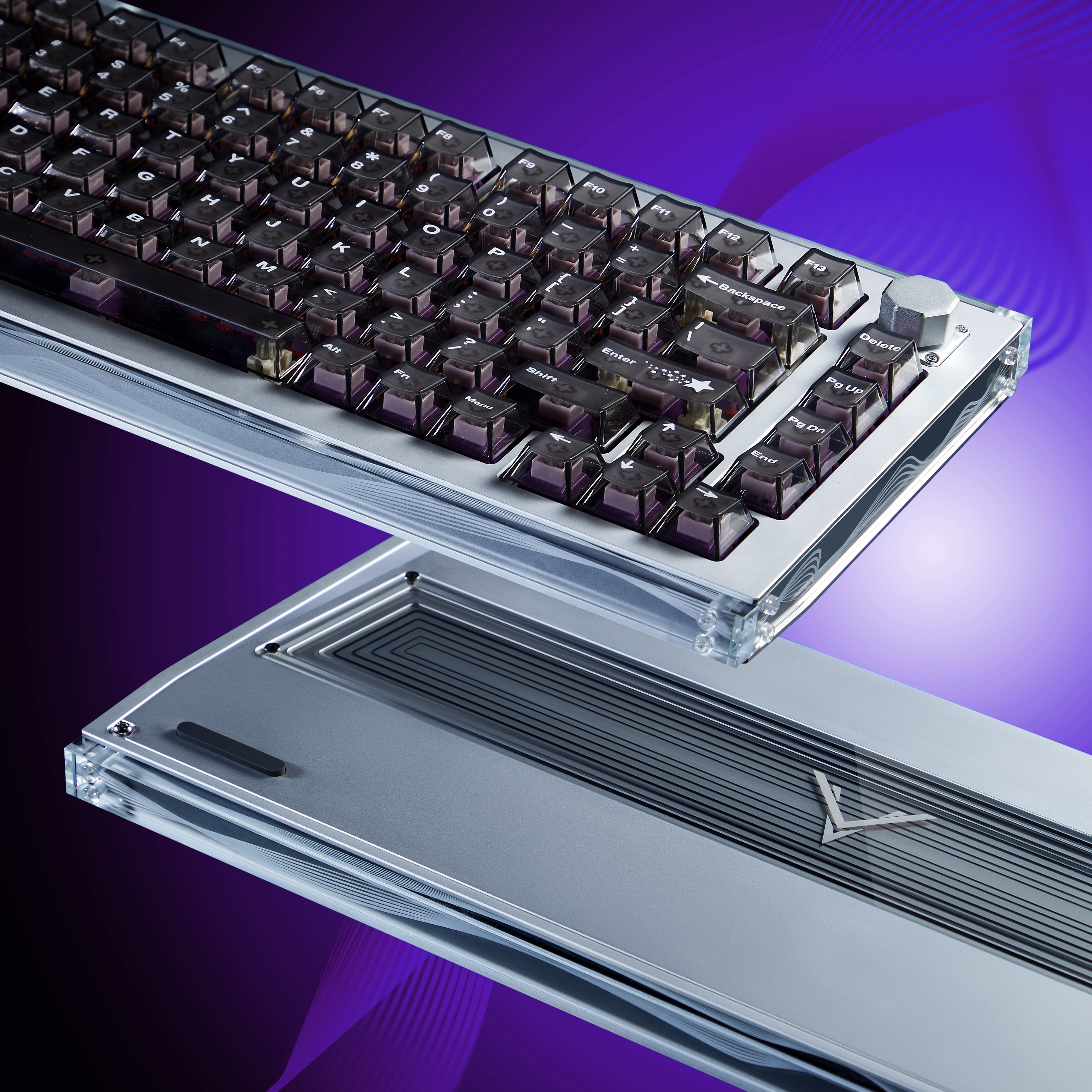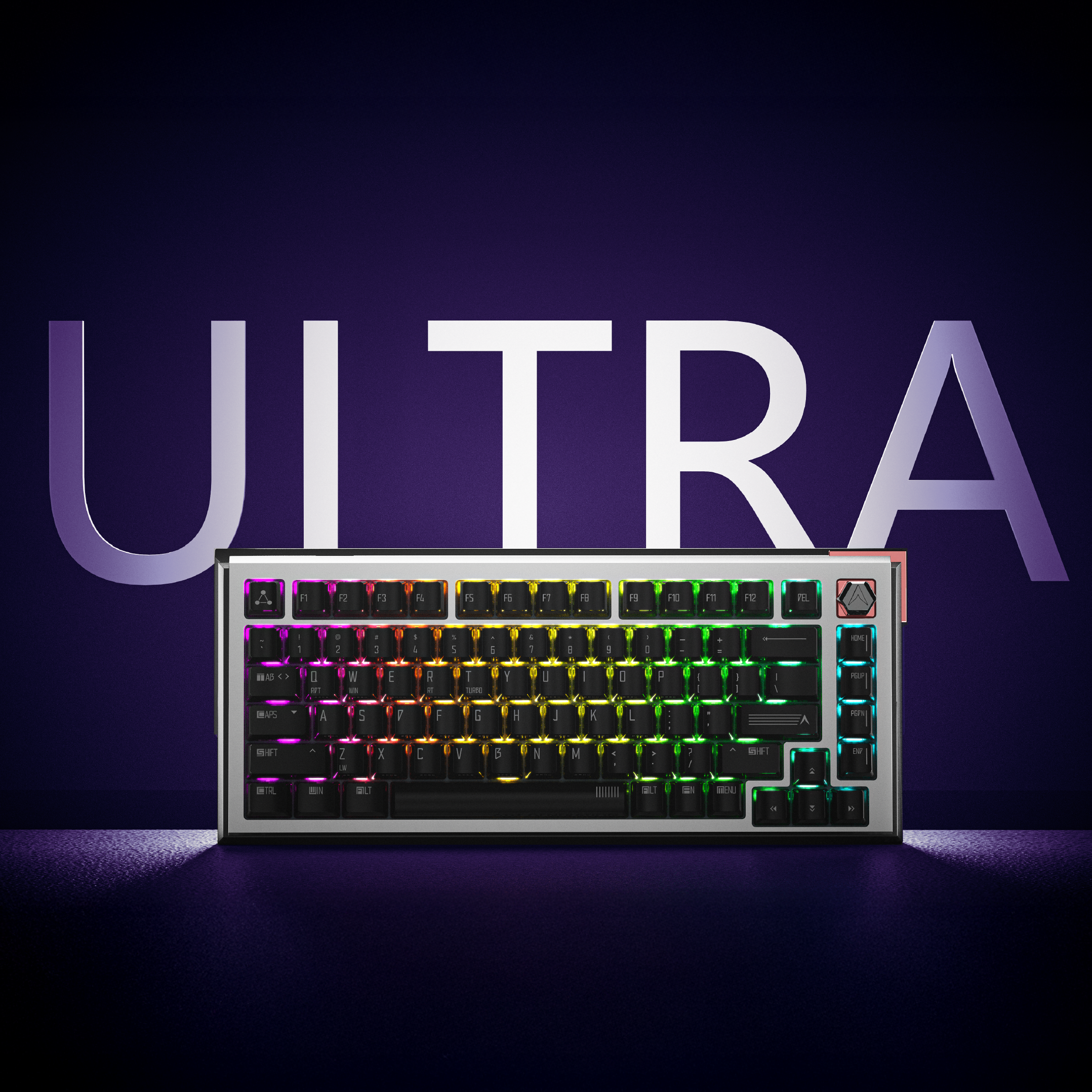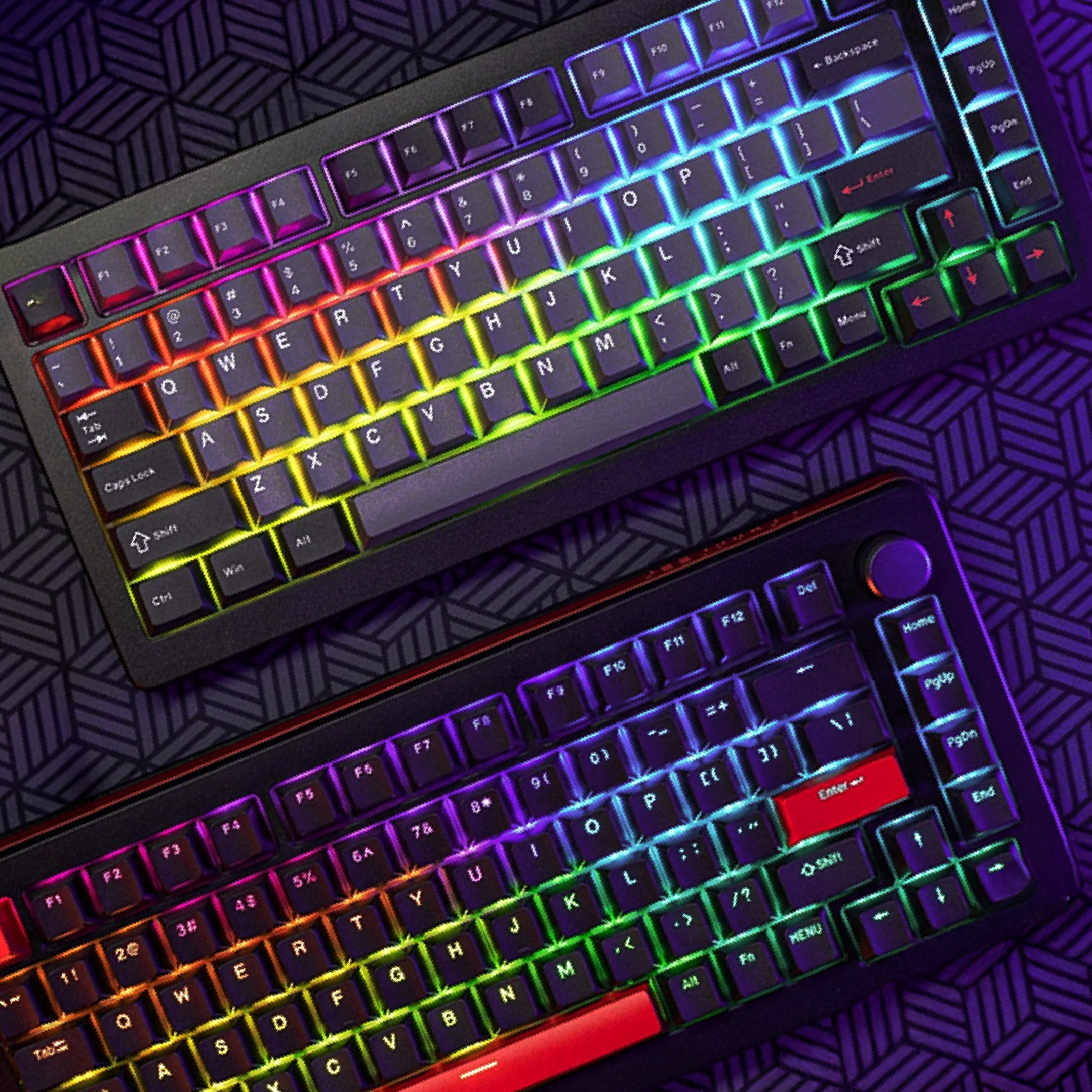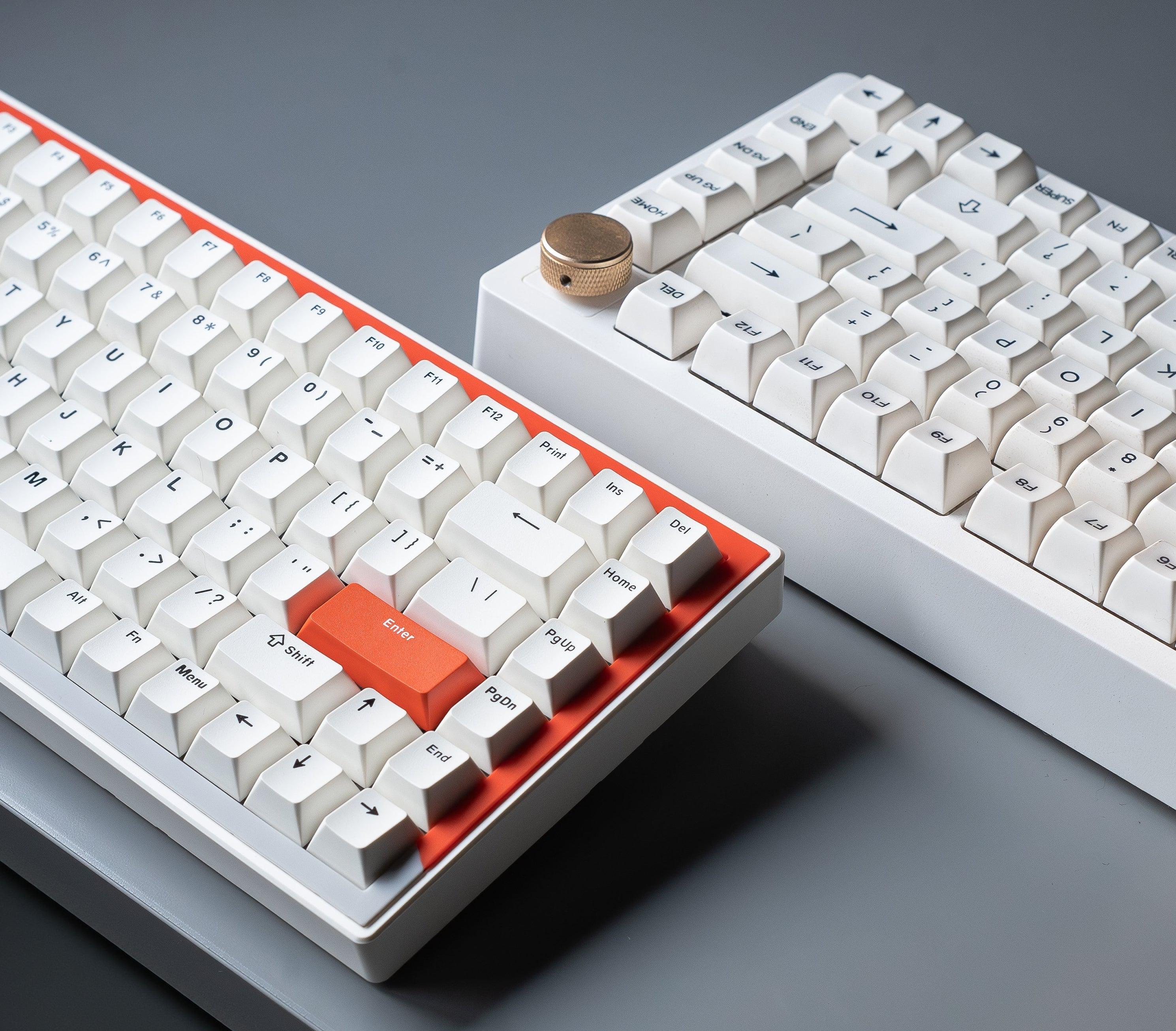みなさんこんにちは。DrunkDeer 開発者です。今日から、私たちは製品開発とユーザー エクスペリエンスに関する取り組みを定期的に共有していきます。ここでは、最新のテクノロジーと、それがゲーム体験をどのように向上させるかを紹介します。
私たちの Discord に参加して、あなたの考えを共有してください: https://discord.gg/drunkdeer-1020600919819296861
#talk to devチャンネルでは、当社のエンジニアと直接交流し、ブレインストーミングを行い、アイデアを議論する機会が得られます。
2023 年5 月、 DrunkDeer は初のマグネティック スイッチ キーボードであるA75 をリリースしました。それ以来、A75 の全体的なエクスペリエンスと機能性を継続的に最適化してきました。7 月にはValorantが中国で発売され、「RT (Rapid Trigger)」という言葉が中国のゲーマーの間で急速に流行語になりました。
RT (ラピッド トリガー) : この機能を使用すると、ユーザーはキーを押したときの作動距離とキーを離したときのリリース距離をカスタマイズできます。
ValorantにおけるRTの圧倒的な優位性は、中国のゲーマーの間で急速に広まりました。コミュニティからの詳細なフィードバックを受けて、私たちはこれが私たちの開発の方向性と完全に一致していることに気づきました。私たちは迅速に反復し、 2023年4月にRT(Rapid Trigger)をリリースしました。
翌年、DrunkDeer は G65、G60、A75 Pro、そして近々発売予定の G75 など、RT (Rapid Trigger)機能を搭載した製品をリリースしました。RT はマグネティック スイッチ キーボードに欠かせない機能となりました。しかし、私たちは RT だけでは満足せず、マグネティック スイッチ キーボードにはさらなる可能性が秘められていると考えました。
より多くのユーザーと徹底的にコミュニケーションを取り、さまざまなゲームシナリオでテストした結果、素早いキー切り替えと高速クリックに対する共通のニーズがあることがわかりました。これが RTP (Rapid Trigger Plus) の開発につながりました。
DrunkDeer の RTP (Rapid Trigger Plus) には、次の 2 つの主要な機能があります。
- LW (Last Win) : 2 つのキーがアクティブ状態にある場合、最後に押されたキーが優先されます。これは RT 設定と共存できます。たとえば、D を押したまま A を押すと、A が優先されます。ただし、A が設定された距離まで離されると、D が再び有効になります。次のアニメーションは、このプロセスを示しています。
- RDT (リリース デュアル トリガー) : これにより、プレイヤーは、特定のキー移動でのプレスにファンクション キーをバインドし、特定のキー移動でのリリースに別のファンクション キーをバインドできます。プレスまたはリリースの距離は動的に調整でき、ファンクション キーは 1 回だけトリガーするようにバインドできます。これにより、キーのプレスとリリースのエクスペリエンスがさらに豊かになります。次のアニメーションは、この機能を示しています。
言及する価値がある 将来的にはRDTとLWが共存することになるだろう。
2024年6月に、これら2つの機能を備えたRTP(Rapid Trigger Plus)をリリースするという世界的な発表を行いました。Instagramの投稿は400万回以上再生されました。また、いくつかの批判や質問も寄せられています。これらを機会に、RTP(Rapid Trigger Plus)の独自性と、これらの機能の背後にある私たちの考え方を詳しく説明していきたいと考えています。
- 「これは不正行為だ!」
これは、特に RDT がCS2で紹介されて以来、私たちが目にした最も一般的な批判です。しかし、明確にしておきたいのは、これは不正行為ではないということです。
一般的に、不正行為には、ソフトウェアやハードウェアを使用してプログラムに自動的にプレイヤーの を補助させたり、システムの脆弱性を悪用して異常な情報を取得したりすることが含まれます。RDTのキーワードの 1 つである「キーの移動をカスタマイズする」をもう一度考えてみましょう。これは RT の精神を受け継いでいることがわかります。キーの作動の制御をプレイヤーの指に委ね、プレイヤーが加える圧力を制御する能力に挑戦しています。このことを理解した上で、私たちはこれらの批判に正面から立ち向かうことを選択しました。
- 「LW はWooting の RS 機能の模倣です。」
私たちは Wooting とその革新への取り組みを尊敬していますが、RS が最初にリリースされたとき、説明はたった 1 文だけでした。これは、開発チームが残りの機能の詳細を完全に想像して実装するには十分な情報ではありません。
RS のベータテストを体験した後、LW は似ているものの、その背後にある製品思考の観点はまったく異なることがわかりました。
RS:キーを深く押す方が優先されます。
LW:後で押されたキーが優先されます。
Wooting の RSもプレイヤーの指のコントロールに依存しており、これは私たちのコンセプトと一致しています。しかし、RDT では「コントロール」をさらに重視しました。
LW は 2 つのキーを素早く切り替えるだけのシンプルな操作なので、幅広いプレイヤーやゲーム シナリオで使いやすいものになると考えています。高度なコントロール スキルを必要とせずに、すべてのプレイヤーに LW の強化機能を体験してもらいたいと考えています。そのため、LW と RS は似ているかもしれませんが、製品のロジックはまったく異なります。この後、Wooting 社は LW 機能を採用した SOCD を発売する予定です。
この記事の公開時点では、Razer と Wooting の両社が同様の機能をリリースしています。私たちは、イノベーションの道を独りで歩んでいるわけではないことを嬉しく思っています。
DrunkDeer は 1 年で RT から RTP へと進化しました。RTP は RT の精神を引き継ぎ、磁気スイッチ キーボードの未来を導きます。
これは DrunkDeer の物語であり、すべての鹿の物語です。私たちは、より安定した強力な製品をお届けするために、引き続きお客様の声に耳を傾け、革新を続けていきます。
私たちの Discord コミュニティにお越しいただき、私たちと議論し、フィードバックをお聞かせいただければ幸いです。
次に、ゲームのデモビデオをいくつか紹介します。
- LW の CS2 でのライブ比較:
LWオン
LWオフ
- 実際の RDT オンとオフの比較:







